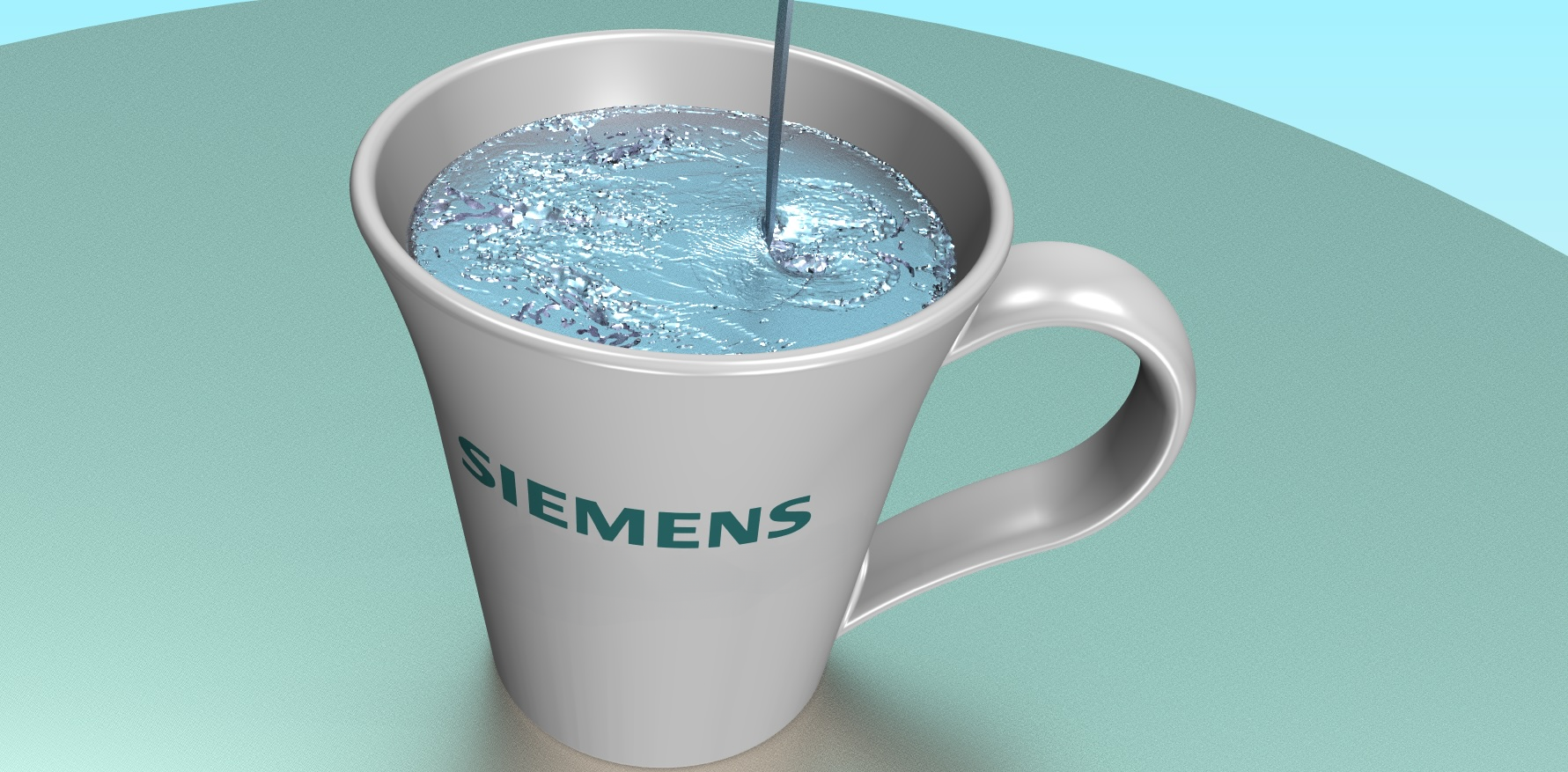Paddled not stirred: Which is the best way to stir a cup of tea?

Tea is a deceptively simple drink to make and enjoy. All you have to do is pour boiling water over some tea leaves, stir the tea infused water for a bit, and then add some milk. Then you need to drink it while it is still hot.
However, in reality, making the perfect cuppa is much more complicated than that!.
The Art and Science of the perfect cuppa
Not only are there different types of tea (although most English people will agree that Yorkshire Tea – which is surprisingly not grown on tea plantations in Yorkshire – is the only really acceptable variety), but there is considerable debate in polite circles about the order in which you should do things.
Some people pour the milk into the cup first, while others insist on warming the teapot with a splash of hot water before adding the tea. Others don’t use a teapot at all, and insist on using these new-fangled “teabag” things (they’ll never catch on).
Some particularly uncivilised people don’t even add milk to their tea. This is obviously a disgusting habit and I promise not to discuss it further. Sorry we had to go there.
Many of these controversies will never be resolved and, unfortunately, will continue to tear at the very heart of British culture.
But, using the magic of computational fluid dynamics, we do have the opportunity to at least resolve one of the minor disputes: what is the best way to stir a cup of tea?
Which is the best way to stir a cup of tea?
For the vast majority of people the answer is “using a stirring motion” (which also goes for drinkers of less civilised hot beverages such as coffee).
However, for British people at least, a complication is that our monarch, His Majesty King Charles, stirs his tea using a back and forth paddling motion, as revealed by his former butler:
So who is correct in this? The British public (and indeed most other people in the world), or the King and his butler? What is the best way to stir a cup of tea?
To answer this question once and for all, we conducted a numerical experiment using Simcenter STAR-CCM+, to work out once and for all which is the best way to stir a cup of tea .
Both simulations start from an idealised condition, in which an undisturbed layer of milk floats on top of the tea. I had originally intended to include milk pouring in the simulation but in a test simulation, it was much more difficult to observe differences between the stirring methods, because of turbulent mixing and diffusion of milk into the tea from the pouring.
Although it is slightly difficult to see from the videos, the circular stirring motion does indeed mix the tea faster than paddling. This means that if you have limited time to stir your drink then a circular motion looks like the best way to stir a cup of tea. Or perhaps you could just use a faster paddling motion.
However, the more observant of you will have noted, that the spoon travels 57% further when moving in a circular motion (2πR), than it does in a paddling motion (4R). When I reran the simulations for equal stirring distance, or equal stirring energy, then the paddling motion is more efficient. So for effort minimisation purposes, then paddling is the best way to stir a cup of tea.
If you are hoping to burn off enough calories to earn yourself a Chocolate Hobnob biscuit (which is a bit like a “cookie” but better) then you should also probably adopt a stirring motion.
Other tea stirring considerations
There are other reasons to prefer a paddling motion for mixing hot drinks that weren’t captured in these simulations, but should be explored further:
- Reduced likelihood of spillage and scaling: Stirring in a circular motion can create a vortex that may cause the tea to spill over the rim of the cup, potentially scalding your fingers. This is much less likely to happen with a back-and-forth paddling motion, unless you set up some sort of wave.
- Improved dissolution of sugar: A circular motion can trap sugar at the bottom of the cup due to the vortex effect, making it harder for the sugar to dissolve evenly. The back-and-forth motion helps to mix the sugar more effectively throughout the tea. This might be helpful for drinkers of inferior beverages, such as coffee, but you really shouldn’t be putting sugar in your tea.
- Reduced Noise: Circular stirring can cause the spoon to clink against the sides of the cup, which can be disruptive. The back-and-forth motion is quieter and more refined, aligning with traditional tea etiquette. It might also damage your best bone china.
Whether you’re a staunch traditionalist or an avant-garde paddler like His Majesty, the key takeaway is that both methods have their perks. Circular stirring gets the job done faster, but paddling proves to be more efficient over distance and energy. Plus, paddling might save your fingers from scalding and your best china from untimely clinks. So, go ahead and stir or paddle to your heart’s content—just don’t forget the most important rule: always enjoy your tea while it’s hot, and perhaps keep a Chocolate Hobnob at the ready.


